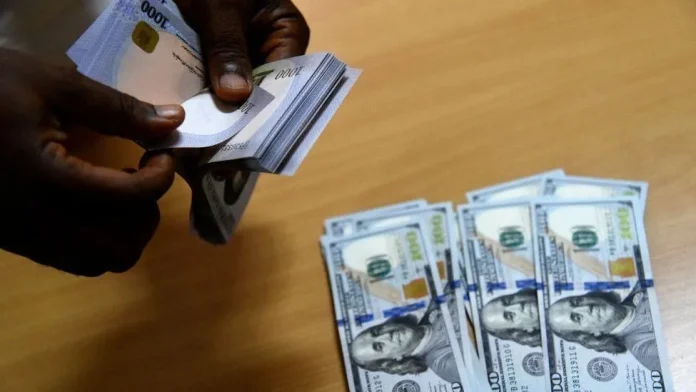The naira slid 54 basis points to N1,667 per US dollar midweek as the foreign currency (FX) market turmoil worsened. Despite high foreign exchange inflows into external reserves, the local currency’s value declined.
Despite increased external reserves, the Central Bank of Nigeria (CBN) has kept the market wondering about its next FX market intervention, which affects both official and informal currency segments.
Nigeria’s external reserves increased to $37.708 billion this week, up from $37.471 billion the previous Friday, according to Central Bank figures. The inflow of US dollars into Nigeria’s economy has been robust, but it has often been accompanied by rising demand for foreign payments due to the central bank’s refusal to protect the naira.
Despite the resumption of retail Dutch FX auctions early in August, the CBN has refused to conduct another auction sale 47 days later. Analysts said the authority may continue to keep the market guessing about the next move to boost FX liquidity in the currency market.
The Apex Bank recently sold US dollars to authorised dealer banks to raise the forex market liquidity balance, its first reaction to the wobbling exchange rate after $900 million in domestic US dollar bonds.
On Wednesday, the FX market was heated up by increased demand for foreign currencies, notably, US dollar, which has become dominant in import payments. According to FX spot data from the FMDQ, the exchange rate worsened by 0.54%, with the naira closing at ₦1,667.42 per US dollar at the official market.
In the parallel market, the naira fell from N1,660 to close the trading session at ₦1,675 to the US dollar as demand for invisible FX payments continues to increase. Elsewhere, oil prices experienced a decline of over 1% as investors re-evaluated whether China’s recent stimulus measures would effectively boost its economy and increase fuel demand as the largest importer of crude in the global commodities market.
At the time of reporting, Brent prices dropped by 2.26% to $73.49, while WTI prices rose by 2.56% to $69.71. Conversely, gold surged to a new high due to expectations of another substantial interest rate cut by the U.S. Federal Reserve. Currently, gold is showing an increase of 0.81% at $2,677.60 per ounce.













